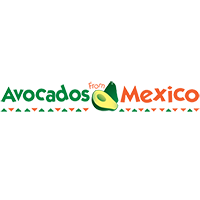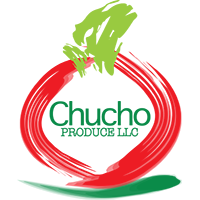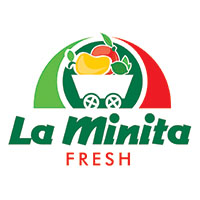How to Find Us?

Cabbage
Cabbage (Brassica oleracea or variants) is a leafy green or purple biennial plant, grown as an annual vegetable crop for its dense-leaved heads. Closely related to other cole crops, such as broccoli, cauliflower, and brussels sprouts, it descends from B. oleracea var. oleracea, a wild field cabbage. Cabbage heads generally range from 0.5 to 4 kilograms (1 to 9 lb), and can be green, purple and white. Smooth-leafed firm-headed green cabbages are the most common, with smooth-leafed red and crinkle-leafed savoy cabbages of both colors seen more rarely. It is a multi-layered vegetable.
Cabbage, raw
Nutritional value per 100 g (3.5 oz)
Energy 103 kJ (25 kcal)
Carbohydrates
5.8 g
Sugars 3.2 g
Dietary fiber 2.5 g
Fat
0.1 g
Protein
1.28 g
Vitamins
Thiamine (B1) (5%) 0.061 mg
Riboflavin (B2) (3%) 0.040 mg
Niacin (B3) (2%) 0.234 mg
Pantothenic acid (B5)
(4%) 0.212 mg
Vitamin B6 (10%) 0.124 mg
Folate (B9) (11%) 43 μg
Vitamin C (44%) 36.6 mg
Vitamin K (72%) 76 μg
Trace metals
Calcium (4%) 40 mg
Iron (4%) 0.47 mg
Magnesium (3%) 12 mg
Manganese (8%) 0.16 mg
Phosphorus (4%) 26 mg
Potassium (4%) 170 mg
Sodium (1%) 18 mg
Zinc (2%) 0.18 mg
Other constituents
Fluoride 1 µg
Units
μg = micrograms • mg = milligrams
IU = International units
Percentages are roughly approximated using US recommendations for adults.
SOURCE: USDA NUTRIENT DATABASE








